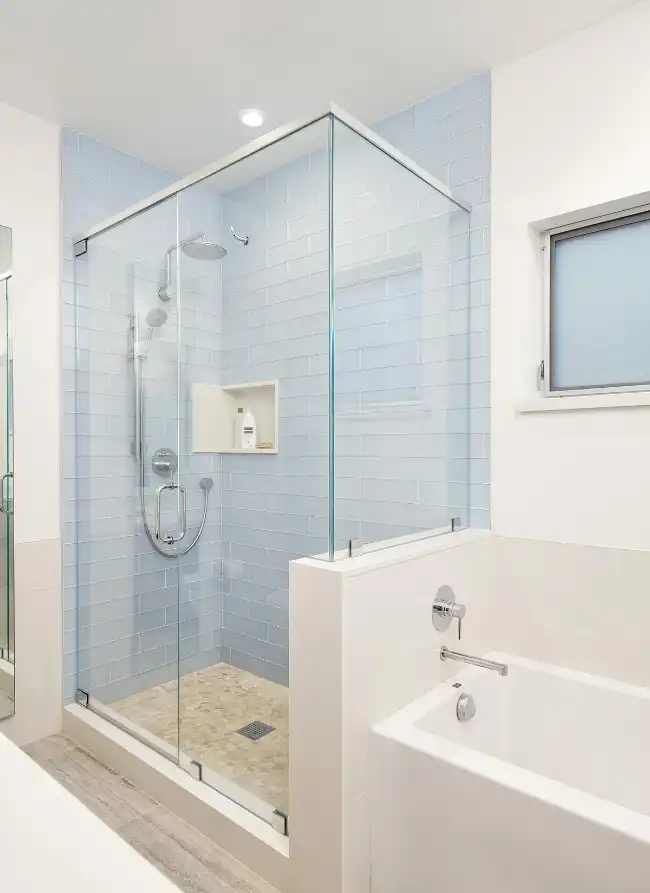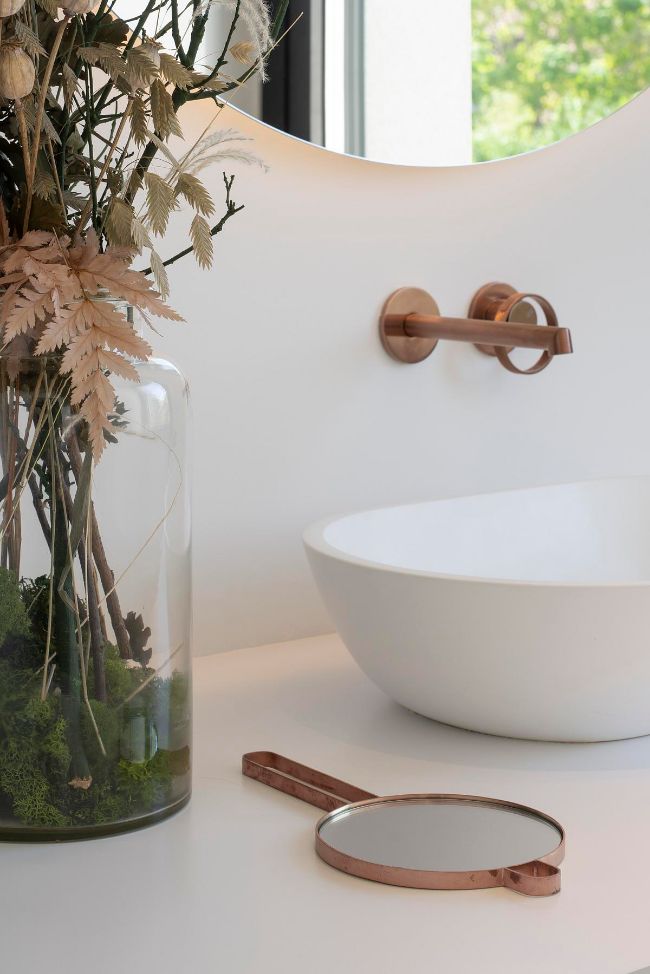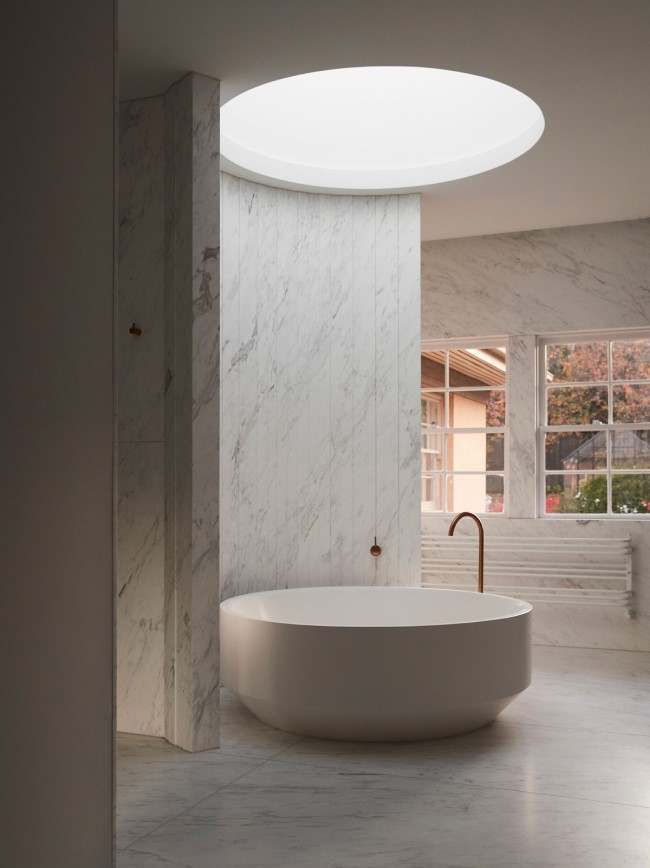
The Science Behind Water Pressure: Making Sense Of Gurgles And Whistles In Your Plumbing
Do you ever wonder why your plumbing gurgles or whistles? You’re likely hearing the effect of water pressure in your pipes.
But what is water pressure and what can you do to fix it? In this article, we’ll explore the science behind water pressure, the common problems it causes, and solutions to keep your plumbing running smoothly.
Introduction: Plumbing
Plumbing is the system of pipes, valves, fittings, and fixtures used to carry water in and out of buildings. It’s a complex network of pipes and valves that are designed to regulate the flow and pressure of water in a home.
You may have noticed that your plumbing makes strange gurgling and whistling sounds. These noises are caused by changes in the water pressure, which can be caused by a variety of factors.
In this article, we’re going to explore the science behind water pressure and why your plumbing makes those strange noises.
The Basics of Water Pressure: Mechanics
Understanding the basic mechanics of water pressure is essential for keeping your plumbing system running smoothly.
Force and flow, pipes and valves, pressure and volume, systems and maintenance, and gravity and balance are all key components that you need to be aware of.
By understanding these concepts and having a basic knowledge of your plumbing system, you can ensure your system is properly maintained and running as it should.
Force and Flow
You’re likely familiar with the force and flow of water in your plumbing. But what’s actually happening when you turn on the tap?
Water pressure is the result of the force with which water is pushed through pipes. The greater the force, the higher the pressure. This force comes from water’s weight and its potential energy which is created by its elevation.
When the water is pushed through the pipes, it creates a flow. This is the speed of the water as it moves from one place to another. The higher the pressure, the faster the flow.
Without a proper balance between force and flow, your plumbing won’t work as it should, which can lead to gurgles, whistles and other unpleasant sounds.
Pipes and Valves
To keep the balance between force and flow, pipes and valves are used to regulate the water’s movement. Without them, water pressure wouldn’t be able to build up and cause the gurgles and whistles in your plumbing.
Pipes are a key part of any plumbing system, providing the pathways for the water to travel through. They come in different sizes and materials, and the right size and material is important for proper water pressure.
Valves are also key components, controlling the flow of water throughout the system. They can be manual or automatic, and can be used to turn the water on and off, or adjust the pressure.
Together, pipes and valves help to ensure that water pressure is maintained, and that gurgles and whistles are kept to a minimum.
Pressure and Volume
The amount of pressure and volume of water flowing through a plumbing system are both critical for proper functioning. You may have noticed the gurgles and whistles in your plumbing when water is turning on and off. This is caused by the changing pressure and volume of water flowing through the pipes.
The amount of pressure affects the speed and force of the water flow, while the volume affects the amount of water that can flow. The pressure is determined by the resistance of the pipes, valves, and fixtures in the plumbing system. Too much pressure can damage the system, while too little pressure can lead to inadequate flow.
The volume of water is determined by the size of the pipes and the number of fixtures. If the pipes are too small, the volume will be too low, and the water pressure will drop. On the other hand, if the pipes are too large, the water volume will be too high, leading to pressure build up and possible overflows.
By understanding the science behind water pressure and volume, you can better understand the gurgles and whistles in your plumbing system and how to keep it running smoothly.
Systems and Maintenance
Maintaining a plumbing system requires understanding its components and how they interact. Knowing the anatomy of your plumbing, what it’s made of, and where its different components are located can help you recognize and address water pressure issues.
To understand water pressure, it’s important to know how it flows through pipes and valves. Water pressure is regulated by a pressure regulator, which keeps the water pressure in the system constant.
To maintain a plumbing system, you should inspect it regularly for signs of wear and tear and check for leaks or clogs. It’s also a good idea to replace any parts that are worn or damaged.
Taking care of your plumbing system can help prevent more serious issues from developing and save you money in the long run.
Gravity and Balance
Understanding gravity and balance can help you identify and address water pressure issues in your plumbing system. Water pressure is a result of the balance of pressure from both gravity and the water supply.
Gravity pulls water down and increases pressure in the lower parts of the plumbing system, while the water supply pushes against the pressure from gravity and increases in the upper parts. If this balance is disrupted, water pressure can drop or increase in certain parts of the system.
This imbalance can cause gurgles and whistles in your plumbing. Identifying the source of the issue can help you maintain the proper balance and restore normal water pressure.
Common Water Pressure Problems, Symptoms, and Solutions
Many common water pressure problems can cause strange symptoms, so it’s important to identify and address them effectively.
Low pressure can be caused by a number of factors, including clogged pipes, faulty valves, or a malfunctioning pump.
High pressure can be caused by a malfunctioning pressure regulator or an overactive pump. In either case, symptoms can include gurgling, whistling, and low or high water flow.
To solve these problems, it’s recommended to:
- Check for clogs, valves, and pumps
- Analyze the pressure regulator
- Inspect the water system for leaks or blockages
Solutions and Prevention: Regulators
The key to avoiding water pressure problems is keeping a well-maintained pressure regulator. Pressure regulators are installed in plumbing systems to ensure consistent water pressure. They’re able to detect when the pressure is too low or too high, and adjust accordingly.
Here are a few tips for keeping your pressure regulator in good shape:
- Have it professionally inspected yearly
- Replace its diaphragm and other components as needed
- Clean any mineral deposits or debris from the regulator
In Conclusion
You now understand the science behind water pressure and how it works in your plumbing.
You know what common water pressure problems look like, what their symptoms are, and how to solve them.
The best way to prevent these problems is to use water pressure regulators.
With this knowledge, you can now confidently diagnose and troubleshoot any issues that arise with your plumbing so you can get back to enjoying the gurgles and whistles of your plumbing system.




